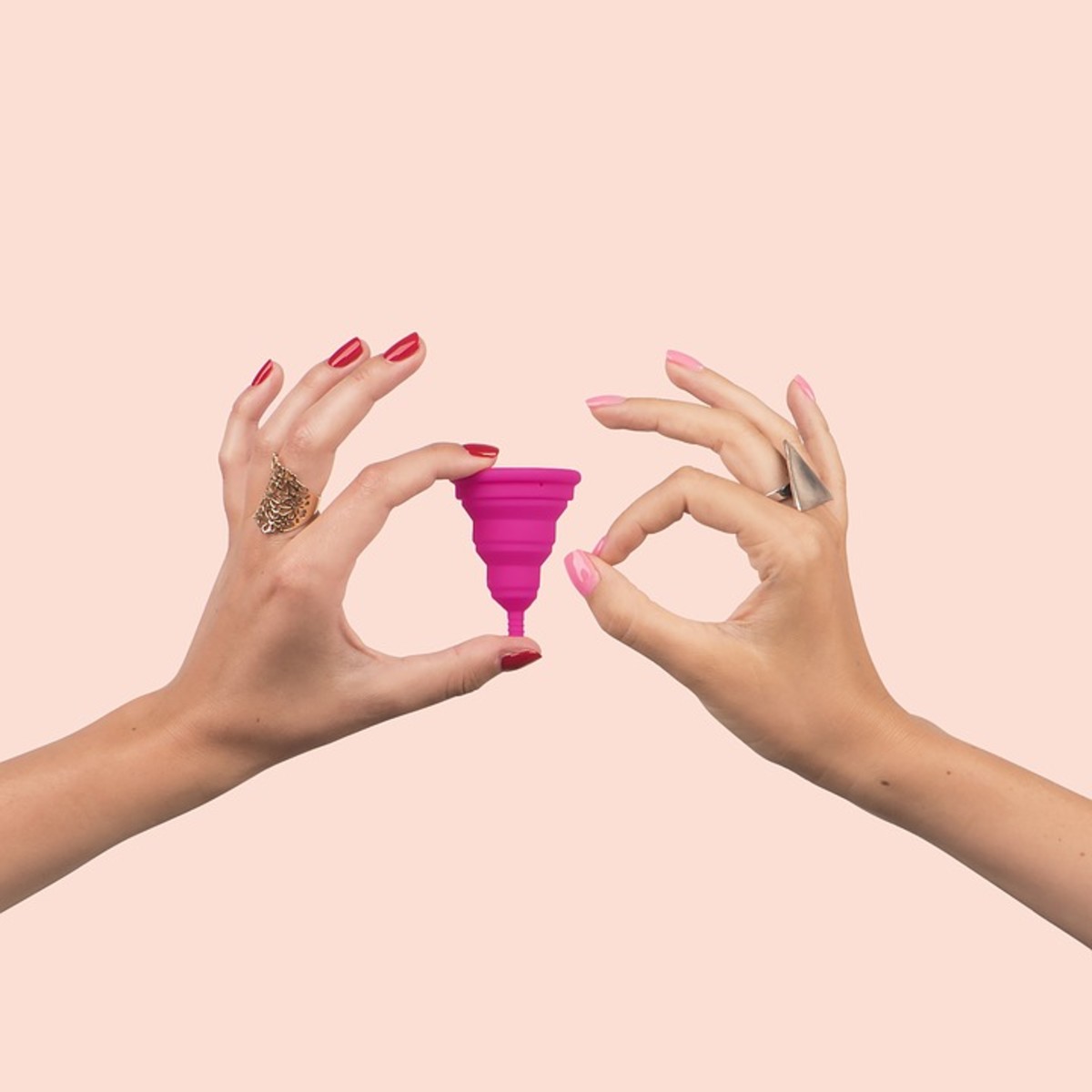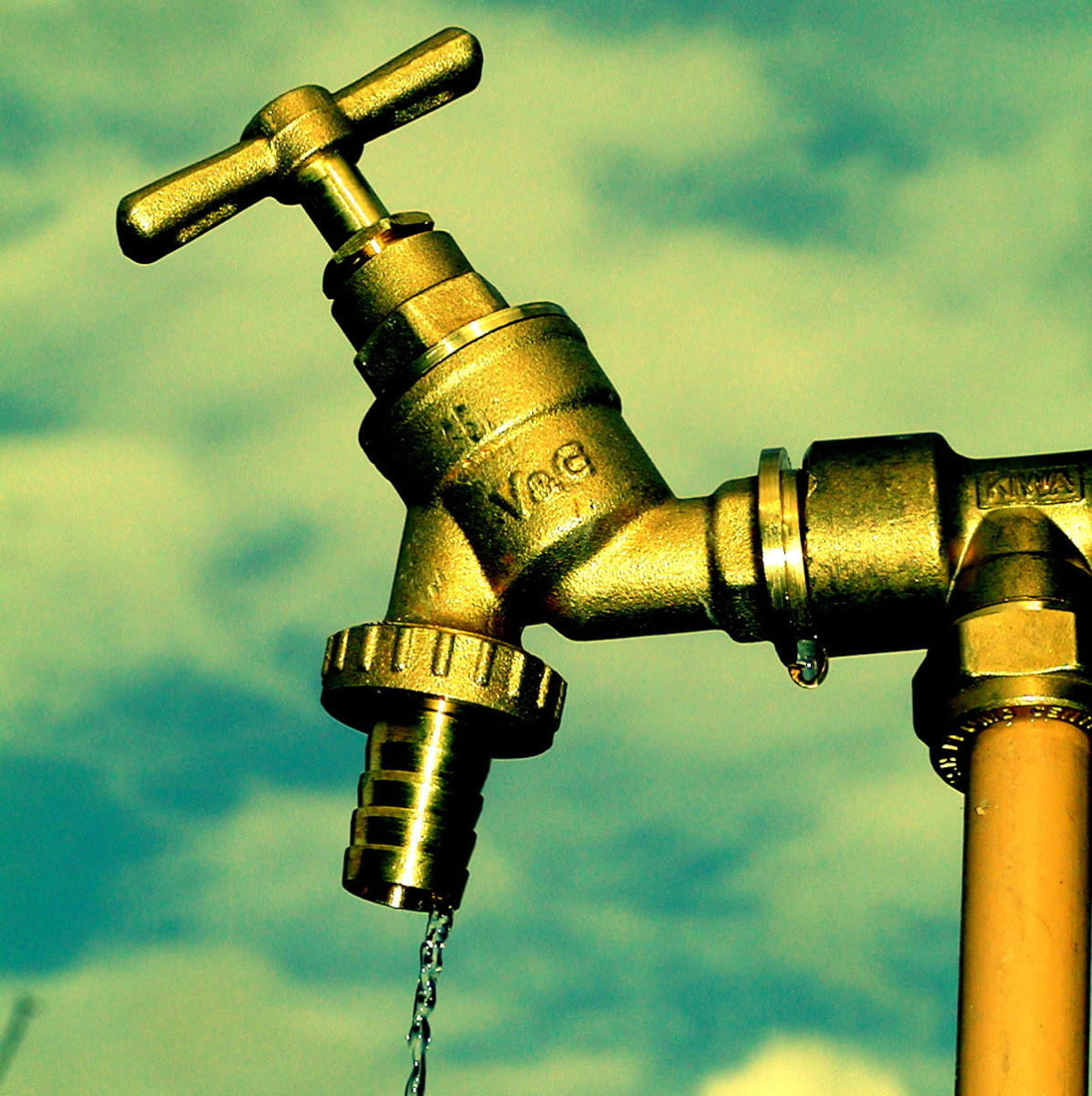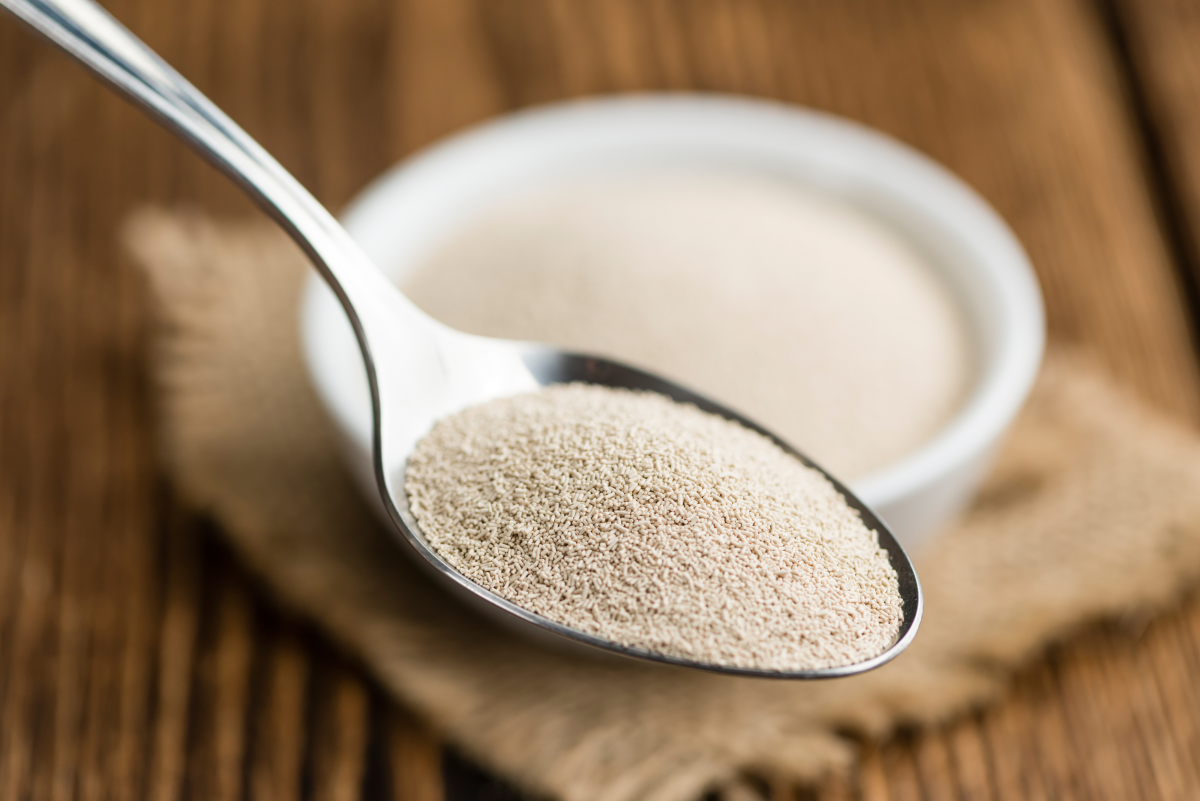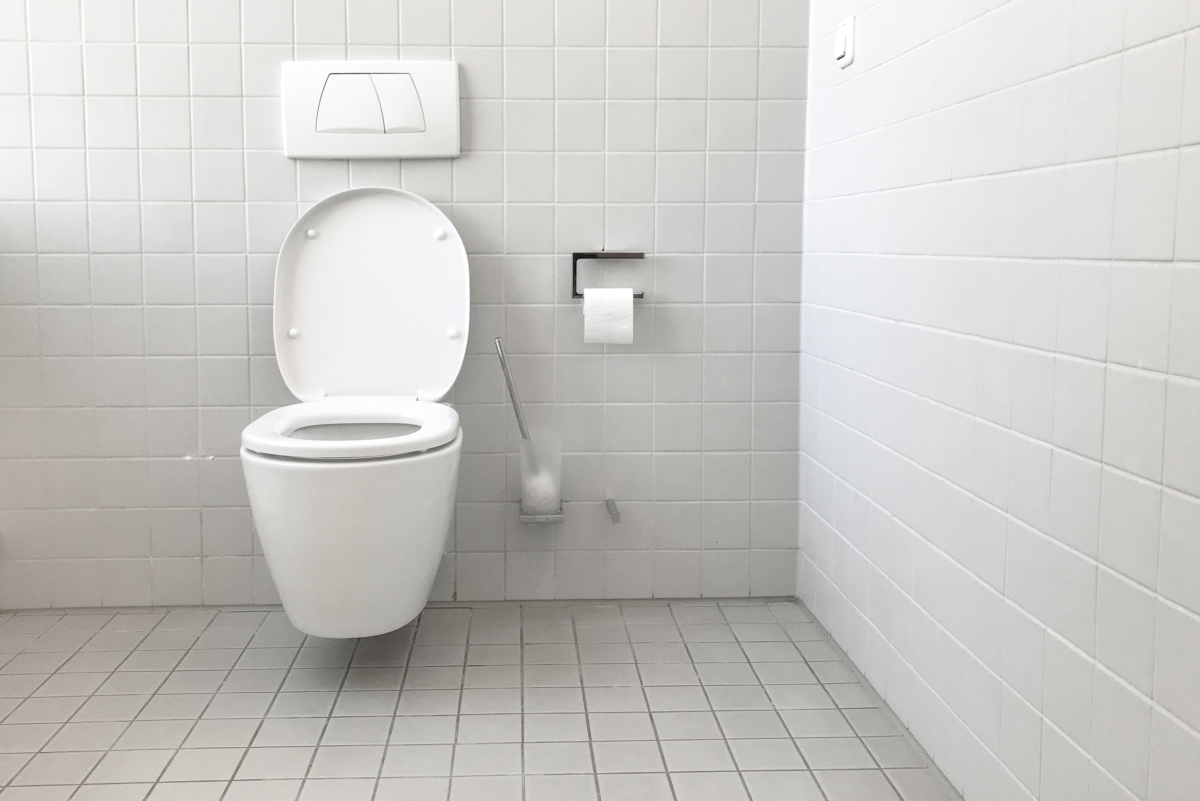What Caulk Is & How To Use It
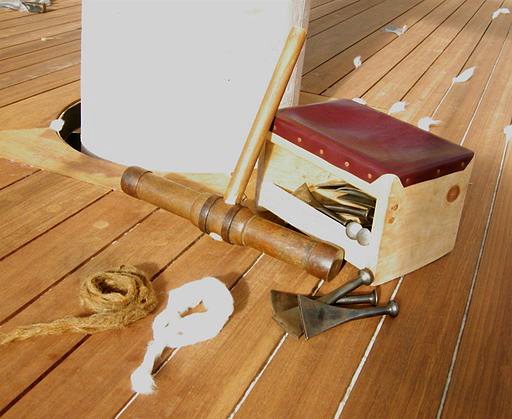
There are many kinds of caulk and all are used for the same general purpose: To seal gaps that would otherwise let in (or out) water, air, and insects. The different kinds of caulk were developed to seal different kinds of materials and are related to whatever you are trying to block.
For example, silicone caulk is used inside a building to make cracks waterproof and to seal sinks and bathtubs when you install them. In the old days ships used pine tar or pitch for waterproofing. If builders didn't seal between the wood slats their ship would suck up water and sink.
The Magic of Caulking
My landlady, who lives in the house in front of me, asked me to repaint her guest room. Her house was old (1927), as is mine, and needed a lot of work, as did mine. In the course of looking up the difference between spackle and joint compound on the Internet I discovered caulk. I identified it immediately as the clear, wormy stuff that I'd pulled loose in my old shower stall . . . until I realized I probably shouldn't.
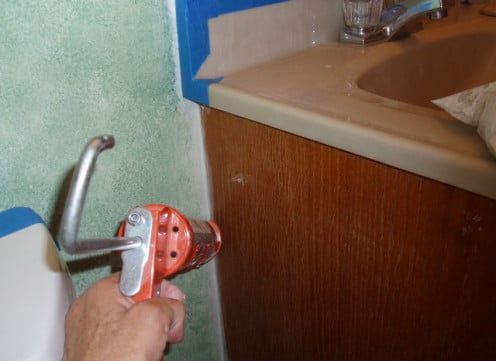
Caulk was what I needed to seal the corners of the walls in my landlady's guest room, so I had her buy a tube. Her handyman showed me how to insert the tube into a caulking gun and how to apply it to the wall. I was hooked. I started caulking every joint I could find - wall corners, baseboards, windows.
When I did my own bathroom after that I caulked the tub and the sink, as well as the cupboard, walls, windows, even the attic access. It was almost magical - not only how it sealed the joints, but also how it smoothed them out for painting afterward. It made my paint job look and feel professional. Although I used silicone-infused latex caulk for all of it, I discovered later that there are different kinds of caulks for different jobs.
Benefits of Caulking
Caulking seals joints. Unlike spackle or joint compound, which are primarily used to smooth wall surfaces, caulk is used to seal joints where water, air, or insects could come through.
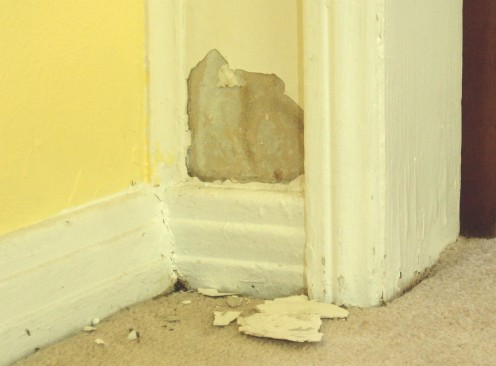
- Caulk stops water from leaking in and out, thereby preventing mold and rotted walls, rugs, or floors.
- Caulk stops air from leaking in and out, thereby enabling a better controlled temperature inside the building, saving money on air conditioning and heating.
- Good caulking helps reduce the level of noise coming into a building from the outside.
- Caulk blocks small insects from crawling in, including spiders (the biggest problem I had). This saves money on insecticides, and prevents insect bites and the screaming associated with those who are afraid of insects. It also reduces the need for cultivating spiders to catch the insects in their webs.
The most common kind of caulk used for the greatest variety of jobs is silicone-based latex caulk (or acrylic-latex-silicone caulk), but there are others. Coming up next are the main types of caulks and their differences.
Different Kinds of Caulk
Nearly all caulks fall into four basic groupings: Latex (a.k.a. acrylic, vinyl, sealant), silicone (neutral or acid), polyurethane, and rubber:
- Latex Caulk - This class of caulks is water-based (hence, not generally waterproof). It's cheaper than the others and easier to use. It doesn't contain volatile chemicals, can be cleaned up with soap and water, and can be easily painted. You can also buy pretinted latex caulk. Some latex caulks have silicone added to them, which makes them much more resistant and useful. The acrylic-latex-silicone hybrid is waterproof and is the best caulk to use for most jobs inside.
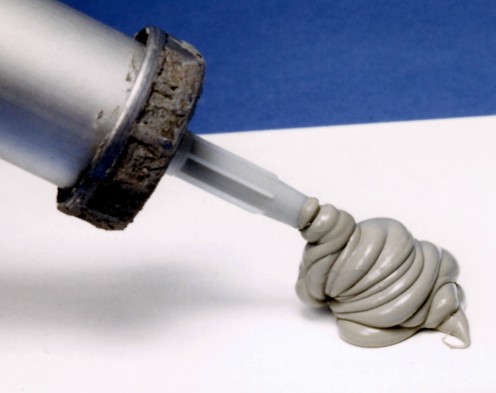
What experience do you have with caulking?
- Silicone Caulk - Originally developed for glass skyscrapers, silicone caulk is used to waterproof joints outside a building, and around tubs and showers inside. It stays flexible in all temperatures, bonds well to most textures, and resists the growth of mildew. This kind of caulk is a clear caulk that is difficult to paint and is a little harder to smooth than latex caulks. It has an acrid smell, so needs to be well ventilated when applied. It's a great one to use for sealing objects like aquariums, and hydroponic containers.
- Polyurethane Caulk - This is used primarily as outdoor caulk, where it excels. It resists breakdown by wind and water, though not by sunlight. Therefore it needs to be painted or protected with shade. Polyurethane caulk sticks to almost anything and stretches up to 300%. It's good for joining dissimilar materials, e.g. metal to brick, wood to concrete, brick to concrete, etc. This kind of caulk costs more than the other two types, so it's used where strength, durability, and weather proofing are most important.
- Rubber Caulk - In spite of the name, rubber caulks are made from volatile chemicals, not natural rubber. The solvents used to keep it liquid until applied are flammable and toxic. Therefore, this caulk is generally used outdoors in situations where great flexibility is required, and where shrinkage is not an issue (it can shrink up to 35%). The caulk sticks to almost anything except styrofoam, which it melts, but it's difficult to work with. It takes seven days to dry and can be painted, although it also comes in a variety of colors. In general, it's used in extremely wet areas, like basements, foundations, and the roof.
- Other Caulks - For non-household applications there are other specialized caulks, like marine caulk (made of cotton) and oil based asphalt caulk (a tar-like material). Be sure to look for instructions on how to use these different caulks when you are working on specialized projects.
The table below shows common usages of caulk and the kind of caulk that works best for each. Note that around doors and windows that open and close, weatherproofing is used to block gaps when closed, not caulk. Caulk is for the frames.
Type of Job
| Type of Caulk to Use
|
|---|---|
Interior Jobs:
| |
Most windows, doors, trims
| Acrylic latex
|
Wood cupboards, walls, trims
| Neutral-cure silicone
|
Plastic/ceramic/glass sinks, tubs, shower stalls
| Acid-cure silicone
|
Bathroom wall joints, cupboards, trims
| Neutral-cure silicone or siliconized latex
|
Aquariums, hydroponics, aquaponic containers
| Acid-cure silicone
|
Exterior Jobs:
| |
Sealing most exterior doors & windows
| Siliconized latex
|
Driveway to wall joints
| Polyurethane
|
Metal or wood frames to the outside wall
| Polyurethane
|
Storm windows/doors, downspouts, gutters
| Butyl rubber
|
Basements, foundations, roof
| Butyl rubber
|
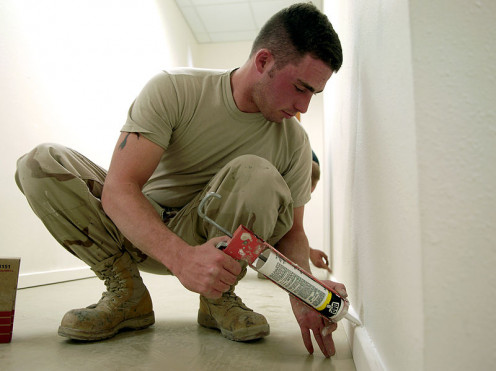
Caulking Secret
Caulking Tools & Equipment
To apply caulk, here are some basic tools that can help, depending on the job and type of caulk:
- Bucket with water - For those who use a finger to smooth the caulk into crevices, dipping it in water helps the smoothing.
- Caulking gun - In the video to the right you'll see a caulking gun, used to hold the caulking tube and squeeze caulk out of it. The video shows a couple of useful things about the gun that most users overlook.
- Caulking cutter - This tool is used to remove old caulk before replacing it.
- Caulking softener - If old caulk is too hard to remove, you can buy a softener.
- Caulking finisher or edging tool - A little tool to use instead of your finger to smooth the caulk.
- Caulking tips - These are caulking tube tips to place on the front end, if the hole is too big and you need to caulk a finer line.
- Caulking tape - Like painters tape, this is used to keep your caulking line straight, especially if you will not be painting over it.
Tips for Applying Caulk
Caulking is fairly easy to do, but there are ways to keep the process flowing more smoothly. Start by choosing a day that is fairly dry and above 45°F (7.2°C). Low humidity is important to prevent the cracks you are filling from swelling with moisture. Warmer temperatures help caulk to set properly and adhere to their respective surfaces.
Here are tips to supplement the instructions on the caulking tube:
- Clean all areas to be caulked, so the caulk can stick to their surfaces. This includes removing any old caulk and paint. Use a caulk remover, a putty knife, large screwdriver, stiff brush, or special solvent. Wait till the area is dry before you caulk.
- Hold the gun consistently at a forty-five degree angle. This is the best angle for getting caulk deep into a crack or joint.
- Limit the stops and starts. Caulk in one straight continuous stream for as long as possible.
- To make a strong join, aim to fill the entire crack, not just the surface of it. Also make sure the caulk sticks to both sides of the joint.
- When you're ready to move the caulking gun away, let go of the trigger first. Otherwise caulk will keep coming out and accumulate there (or use a caulking gun with an automatic release).
- When caulk oozes out of a crack push it back in with your finger, a caulk finisher, or a putty knife.
- Use as much caulk as you need to form a smooth bead that will seal the crack completely.
- When caulking a window or door frame, apply caulk to all joints in the frame, itself, as well as the joints between the frame and the wall.
The information in this article should help you seal all the joints in the house in a professional manner. Any painting you do over it will also look professional. Feel free to share additional tips below.




